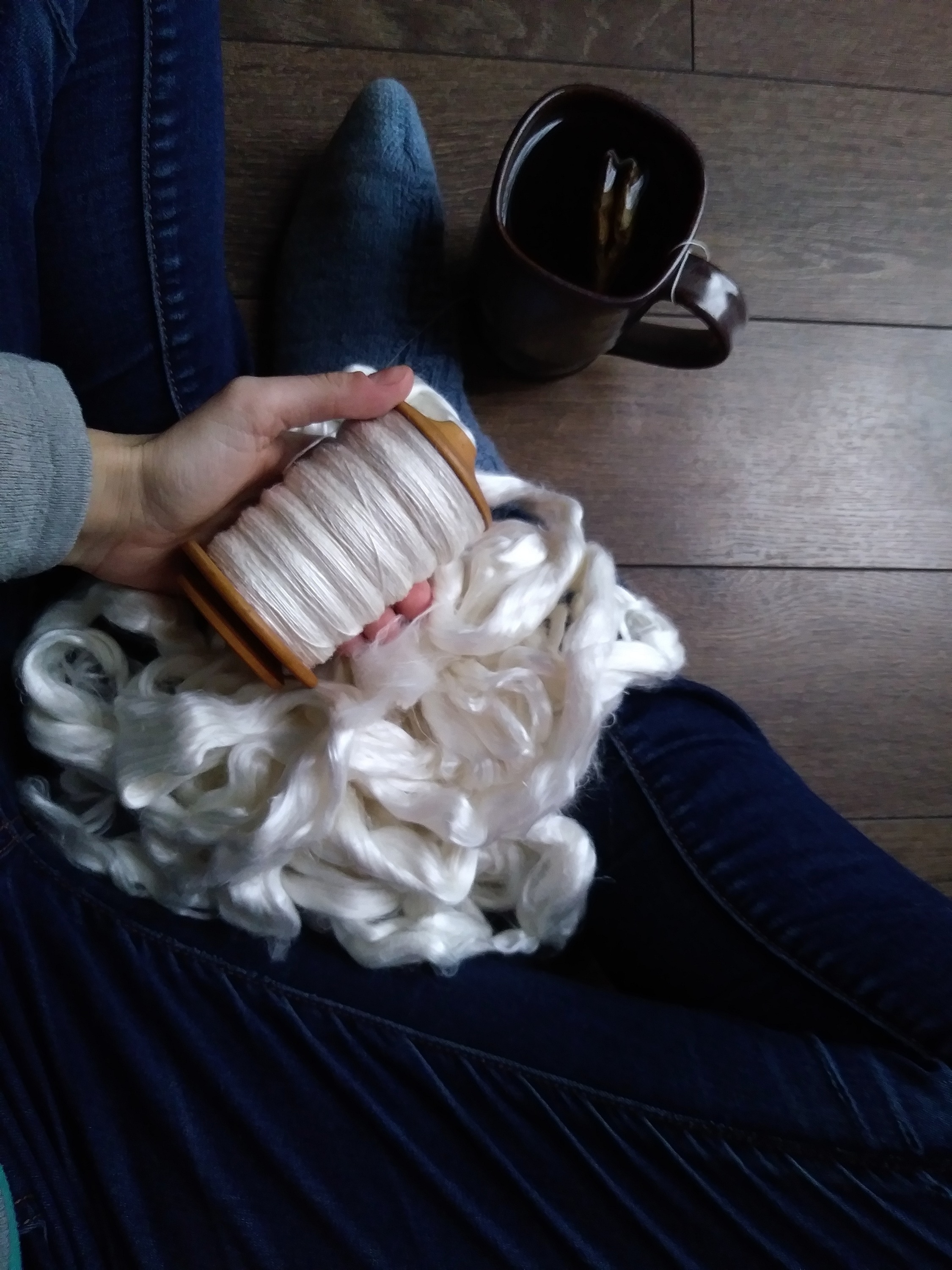Accessibility: Financial Barriers and Fair Compensation
- Megan

- Aug 11, 2021
- 4 min read
Updated: Aug 16, 2021
I want to share some thoughts about financial barriers in the fibre world, and how pattern designers must weigh their own right to be fairly compensated against the desire to make their patterns accessible to low income makers. This is a difficult area to navigate, because these priorities seem to be in direct opposition. On the one hand, designers deserve to be able to make a comfortable living, and on the other, patterns, and indeed making in general, should be accessible to lower income makers. Both of these are important and valid goals. Although hobbies like knitting and crochet are non-essential luxuries, it is unfair to set an expectation that poor folks don't need access to such things, and should never be able to treat themselves. Creative activities can be an important part of mental health and overall wellbeing, and it is difficult to imagine a life with nothing but essential bodily needs provided for. Equally importantly, people should be paid appropriately for their work. There is a historical and ongoing devaluation of women's labour, which is likely contributing to the expectation that designers (who in the fibre arts world are mostly women) do not need to make a comfortable living wage for their work. Additionally, the desire to incorporate principles of social justice and equity may disproportionately prompt designers who are POC or LGBTQ+ to discount their patterns to a barely sustainable price. Mental health is important across the board - not having access to small luxuries and constantly having to just survive can take a huge toll on a person, but this applies to designers as well! We cannot care for others and support our community if we are struggling to survive.

[Image description: A photograph of a stockinette knitted project in progress. The silver metal needles are crossed in the upper middle of the frame, with a small yellow freshwater pearl stitch marker dangling from the right hand needle. The fabric is made from two yarns marled together, one a vibrant turquoise, and the other a beige mohair.]
Is this issue found throughout the broader industry of creative arts? Hunter Hammerson pointed out that sewing patterns are generally priced considerably higher than knitting patterns, and that if knitting patterns were priced comparably then designers would be more able to make a full time income. Ravelry released data for January 2019 indicating that less than 1% of designers (less than 100 people) made more than $3000 USD in revenue that month (see Hunter's blog post linked above for a more detailed discussion). Designers should not be living in poverty, nor should they be required to maintain another job to support their designing business long term. Hunter took the stance that while knitting should be accessible to all, that doesn't mean that all patterns should be accessible to all, and that there are over a hundred thousand free knitting patterns on Ravelry that are available to download (although this doesn't touch the issue of Ravelry's issues with accessibility, as her blog post was written pre-NuRav). Carol Feller posted about the challenges of balancing the desire to be socially inclusive across different financial situations, with the need to make a full time income. Very few designers are able to make it work on pattern sales alone (many rely on other streams of income like teaching or Patreon). Robynn Weldon also shared her thoughts on privilege, accessibility, and compensation, and discussed the Pay What Works method (adopted by designers like Frankie Danoy of Aroha Knits and Nat of Wolf & Faun Knits), which offers tiered coupon codes for various discounts, to be used at the maker's discretion. The most common seems to be offering codes for 20% off, 40% off, and 60% off. This seems to be a great way to balance these opposing needs, and many designers who have tried this strategy have found it viable to continue, suggesting that it is a way to ensure that designers are fairly compensated, while low income makers are not excluded. However, a designer should not feel guilty if they are unable to sustain this practice in the long term. Each business is different, and the growth trajectory will vary considerably.
Another important part of the conversation is the price of yarn. Although yarn prices are not within the control of the designer (and whether it is indie dyed yarn or commercial, concerns about appropriate compensation and sustainability are just as valid here as in regards to design), there are still ways that a pattern designer can improve financial accessibility. One fairly easy practice is to suggest affordable yarns to substitute, or to make pattern samples in an affordable yarn, as Knitboop suggests in her Youtube video on acessibility. Another very helpful strategy is to provide details about yarn characteristics in order to aid makers in choosing a substitute, as different yarns are available in different regions and it would be impossible to list all the possible options. Further, yarn prices scale with size, so often what is an affordable yarn for a smaller maker may become unaffordable at larger sizes. Some yarn dyers have offered sponsorships for sweater quantities for larger sizes, which is one way to make yarn more accessible across the spectrum of bodies.
This is a complex issue, and each designer will have to carefully consider what is right for them and their business. In a sense, there is no completely ethical way to address fairness and justice in a system of capitalism, but that doesn't mean we can avoid engaging with the topic at all. Have you been able to come up with a plan or solution for your design business? What writings or resources have helped shaped your thoughts? I would love to hear from you.
Resources:


Comments